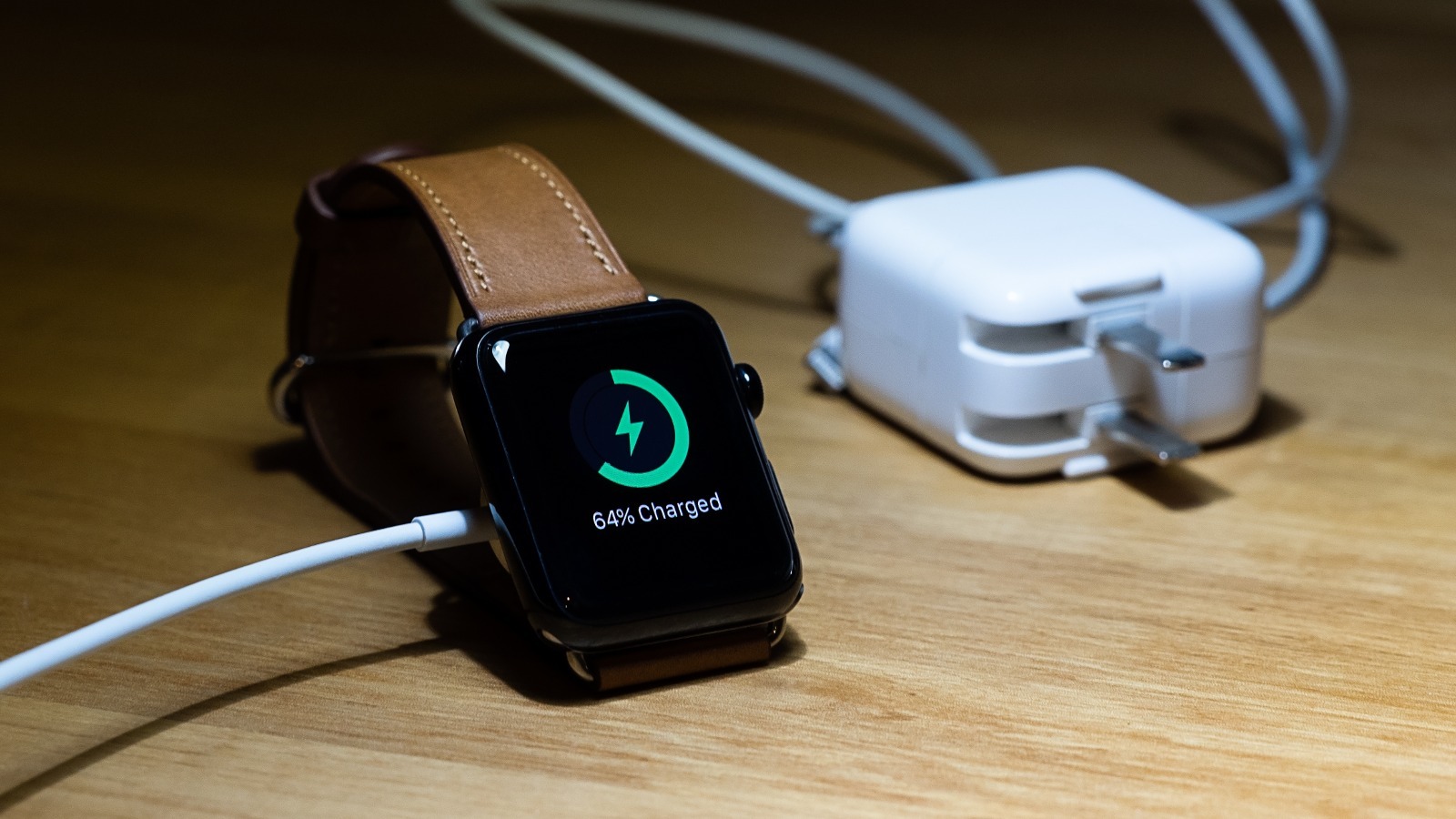
Apple Watches have well-regulated background apps, and they don’t function exactly the same way as an iPhone does. For one, they don’t update in the background as often, and WatchOS restricts background app refresh for most standalone smartwatch apps. This restriction is a lot less stringent for apps that display information as complications on your watch face; they need to update often and will demand more battery to keep the information accurate. This means fewer complications on your watch face could translate to less battery drain.
Your Apple Watch may not update all apps in the background, but your iPhone is probably doing just that. That’s typically not a problem, except all the notifications, alerts, and even phone calls will reach you from your watch. The display constantly flashing off and on, and the frequent vibration can take a toll on your battery.
Luckily, Low Power mode will reduce background app refreshing, limit notifications, reduce animations, disable always-on display, and many others. Enable it on your Apple Watch in Settings > Battery > Low Power Mode.
When we move to the foreground, however, there are many apps that could demand a lot of battery from your watch. For instance, using a workout app with Location Services enabled or playing a game with many animations and vibrations will use more power from your smartwatch. You should avoid these apps if you want your battery to last longer.










